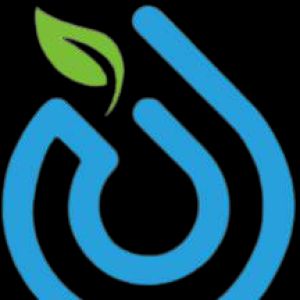How To Solve Water Problems In Society With Advanced IoT GadgetsPosted by Shibani Thakur on June 9th, 2024 According to the UN's 2030 Water Resources Group, if trends persist, there will be a 40% gap between water demand and supply in 2030. In the US, water rationing has just been instituted in California due to an ongoing drought, and the Ogallala Aquifer, which supplies water to agricultural towns in the Plains states, is at record lows. However, with over 155,000 separate water-supply firms in the United States, scaling solutions is challenging due to the system's high degree of localization and fragmentation. It is projected that government organizations will need to invest billion to billion year over the next 20 years to bridge the gap between water supply and demand. Unfortunately, venture capital and corporate research & development are not particularly interested in this issue. The Internet of Things (IoT), which connects everyday objects via wireless networks and integrated sensors, is undervalued but may help solve this problem. Water Management App helps governments prioritize water supply, consumer demand, and governance, improving water security. Here are three ways the IoT might assist in tackling these complicated concerns.
Raising ProductivityWhen water supplies begin to dwindle, the first thing that usually comes to mind is how to increase the available water supply; historically, businesses have put a lot of money into exploring new water sources. To access a new source 67 miles further, Midland, Texas, for instance, just paid 7 million. More than 40% of water infrastructure is more than 40 years old, and water-supply systems lose an average of 16% during delivery. Utilities may instead concentrate on increasing delivery yield as new sources dry up. Finding out whether the volume saved for a given area is enough to cover the capital cost of repair is one of the challenges that the Internet of Things (IoT) could help with. Another challenge is determining precisely where to do repairs to increase this yield. To better analyze water flows and to determine which changes are most pressing, sensors can be used. This is true even for private residences whose owners may need to be more familiar with the condition of the water system. Home leaks can waste up to 10,000 gallons of water per year; reducing or eliminating them can increase the yield of treated water. Decreased DemandReduced demand for water is another effective strategy for preserving already-dwindling water supplies. In the early 1980s, when Boston's water demand exceeded its supply, the city implemented a conservation drive that reduced water use by 43%, saving 0 million in capital infrastructure expenses. Water Management App has the potential to streamline and improve conservation efforts by monitoring results and providing, or even automating, novel approaches to reducing waste. It is also possible to encourage water conservation by simply providing customers with additional information about their water use and how it compares to their neighbors. An IoT system might bolster conservation efforts by providing insight into consumers' water consumption patterns and allowing the application of rules or reminders to specific domains like pools, appliances, or showers. Streamlining the ApplicationAutomation in agricultural and municipal uses will result in the most significant reductions in water consumption: As it is, agriculture uses more than 70% of the water consumed today, with urban landscape upkeep accounting for 60% of the remaining usage. In both cases, agribusinesses frequently water crops regardless of weather conditions, putting themselves at risk of overwatering instead of drought. To solve both issues, a Residential Water Level Sensor equipped with sophisticated algorithms may collect data on soil moisture, temperature, humidity, and slope and then use that information to determine the precise amount of water plants require. The government and utilities can collaborate to enhance water ecosystem governance through the use of the Internet of Things (IoT), which provides greater insight into supply and demand. But data alone isn't enough to improve water system efficiency. Localities must establish behavioral and technical underpinnings to allow people to act on this knowledge. Like it? Share it!More by this author |


